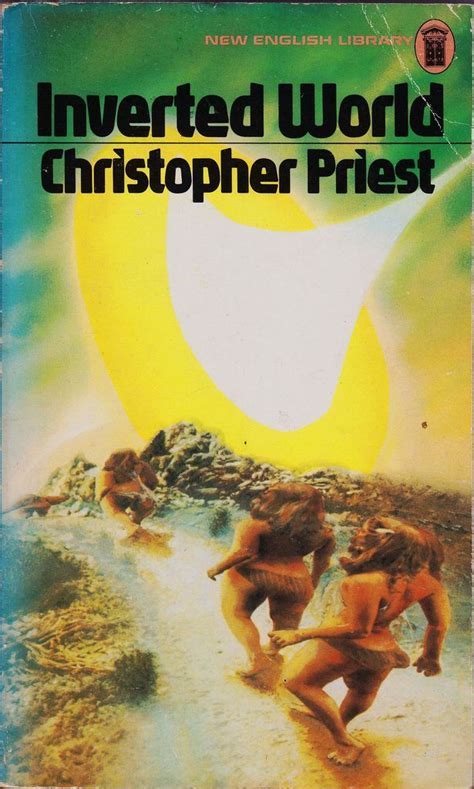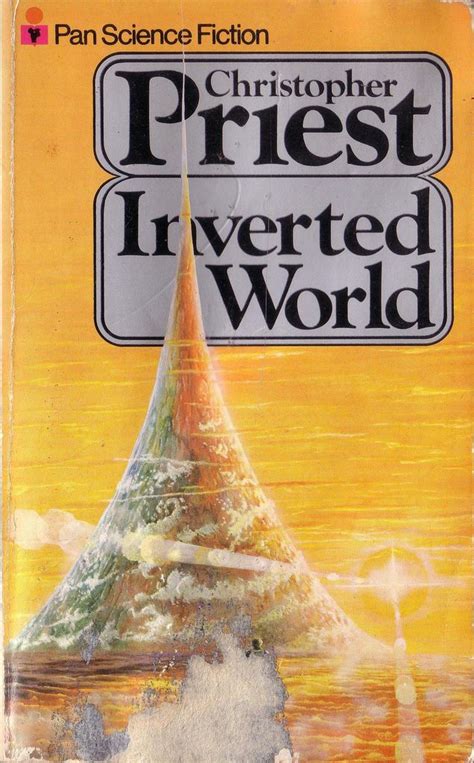


Inverted World (1974) by Christopher Priest is an amazing tour-de-force. As Aldous Huxley once said, the doors of perception are always open and that sense of perception is tested and tested in this science fiction novel. As you read through it and begin to understand the strange society, you will find yourself pondering how much of Plato’s allegory of the cave is manifested here. The novel is divided into five parts, told in the first person in two parts by the lead character, Helward Mann, in the third person about the lead character’s point of view in two other parts, and one part by a minor character who does not appear till near the end: Elizabeth Khan. There is a bit of a big reveal in the final part of the novel, which I will try to avoid discussing in this review. The flow through the different parts of the novel despite the changes in perception by the point of view is flawless.
As it opens, we see the world through Helward’s point of view. He is an apprentice to the Futures Guild (or being welcomed by oath and pain of death into the guild) and lives in a traveling city, Earth. The city travels on tracks and the tracks behind are constantly being lifted and placed in the front (northbound) as the city travels toward Optimum. Along the way, there are hostile primitive tribes, which the city barters with for temporary access to women for the city strangely has a low number of female births and needs the primitive women to bear children, particularly girls. This practice has caused a strong resentment among the Tooks, what the city-dwellers call the primitive tribes.
Most remarkable is that time is measured not in hours, days, or years, but in miles as in miles that the city travels, trying constantly to reach optimum. And, away from the city, time speeds up when one travels north and slows down when one travels south. Thus, one can travel for weeks and years can have passed in the city. It is a problem with time perception that Edgar Rice Burroughs once explored in his Pellucidar series with its eternal mid-day sun.
But, time is not the only twisted perception as Helward finds as he travels south, returning primitive women to their villages after they have been used for breeding. He perceives the women differently as they travel south. Their clothes become tight and don’t fit right as they travel south and eventually they are flat cardboard figures. The physics of this world makes little sense, but Helward knows only that the city must keep moving or all will be lost and optimum will be out of reach.
There are so many incredible concepts at work here, not just time and space, but all of perception and Priest expertly weaves these ideas throughout the novel until the big reveal towards the end.




